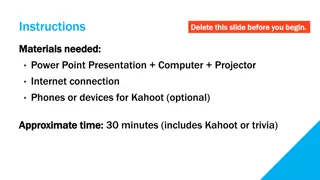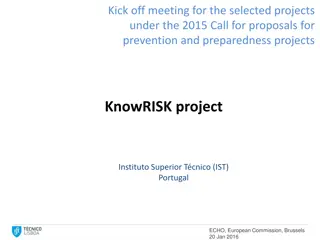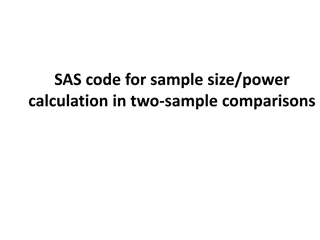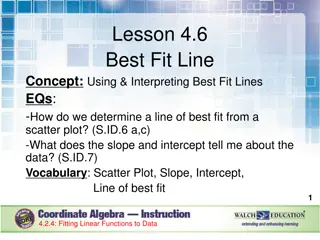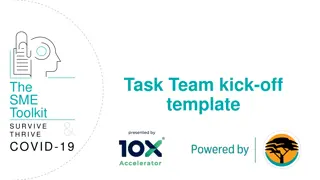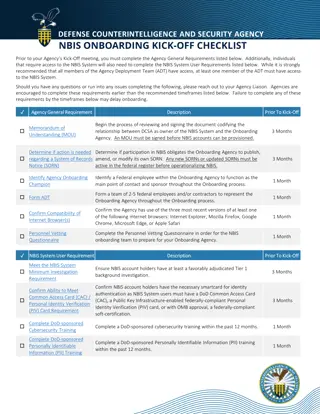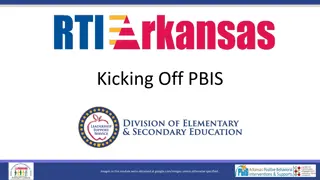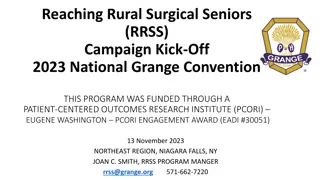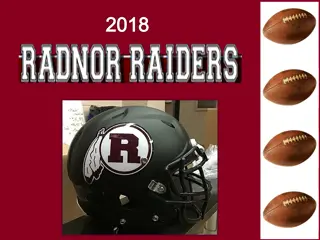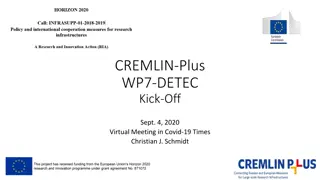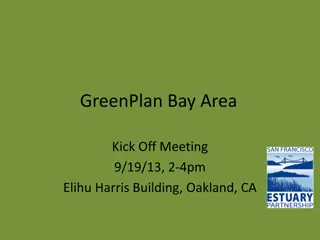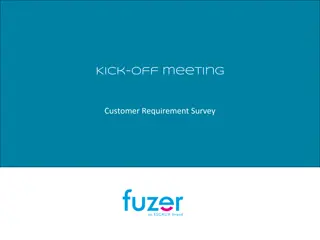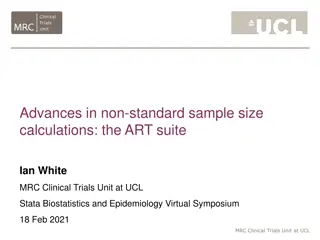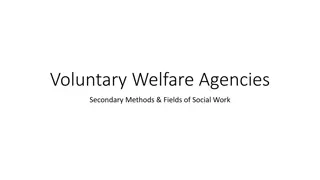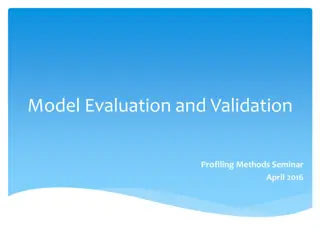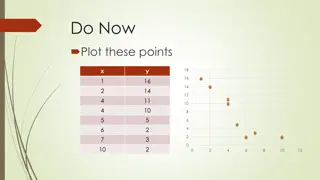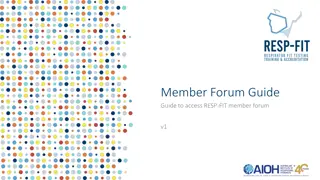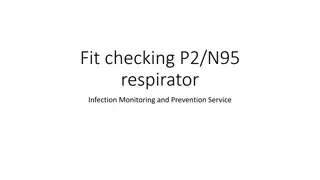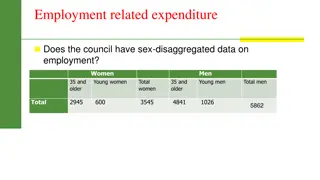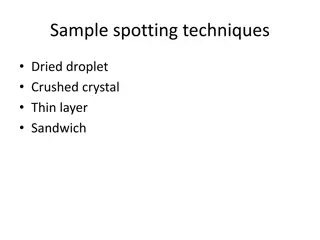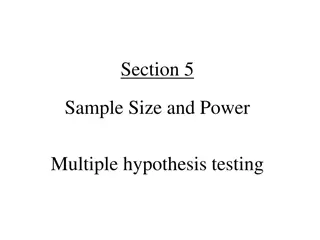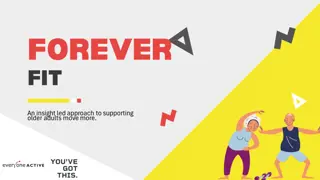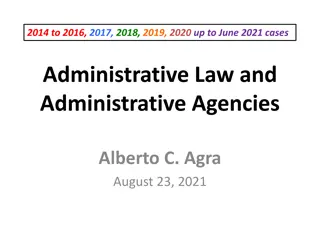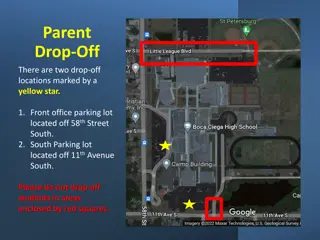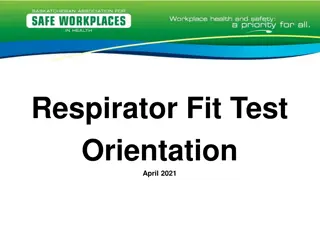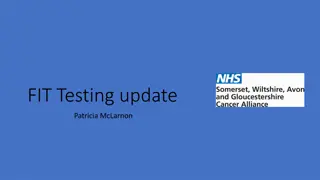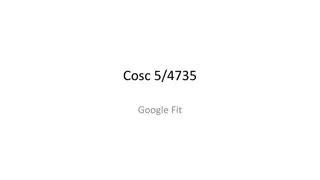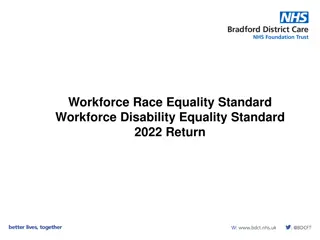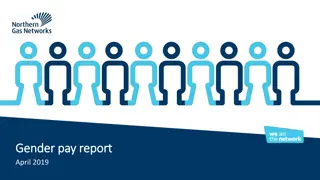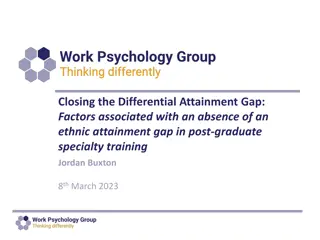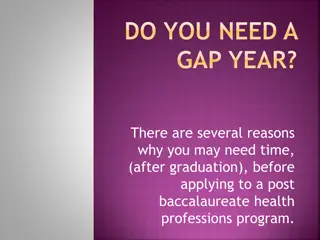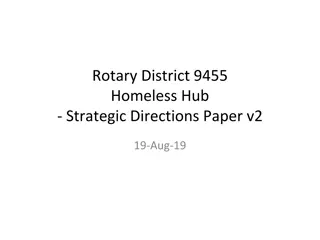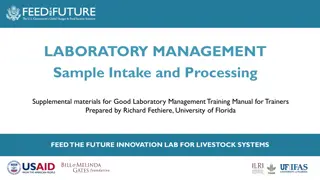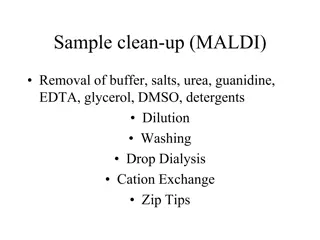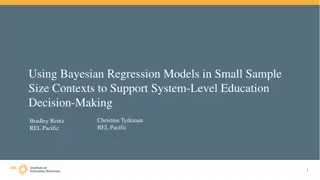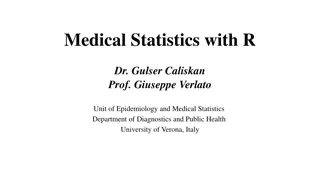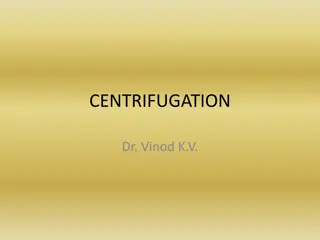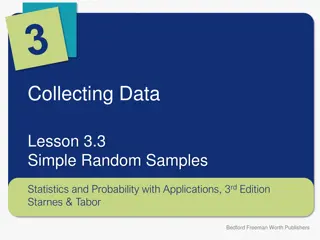Sample Fit-Gap Kick-Off Approach for Agencies
Illustration of how agencies can develop a fit-gap approach, manage stakeholders, and identify capability gaps through a Sample Fit-Gap Kick-Off guided by M3 Playbook Lessons Learned. The kick-off includes assessing requirements, developing a detailed approach with a BPR statement, and using live demonstrations for fit-gap reviews. It emphasizes reengineering processes, standardizing solutions, and selecting gap solutions post-workshop.
Download Presentation

Please find below an Image/Link to download the presentation.
The content on the website is provided AS IS for your information and personal use only. It may not be sold, licensed, or shared on other websites without obtaining consent from the author. Download presentation by click this link. If you encounter any issues during the download, it is possible that the publisher has removed the file from their server.
E N D
Presentation Transcript
SAMPLE Sample Fit-Gap Kick-off The Sample Fit-Gap Kick-Off is intended as an illustration of how agencies can develop a fit-gap approach, manage stakeholders involved in the process, and implement their strategies for identifying and dispositioning capability gaps. The Sample Fit-Gap kick-off is guided by M3 Playbook Lessons Learned: 1. Assess functional, technical, and operational requirements as part of the fit-gap analysis 2. Develop a detailed approach for the Fit-Gap with a Business Process Reengineering (BPR) Statement document that includes an Overview, BPR Vision, Fit-Gap Purpose and Objectives, and defines exit/success criteria for the process. 3. Use live demonstrations for fit-gap review sessions This document is not intended to replace any approach, process or strategy that agencies may already have.
SAMPLE Session Details Demonstrate Provider sproposed method to achieve Customer score financial and acquisition business needs using the solution Identify Customer sbusiness needs that are not met by the standard solution Session Purpose Documented scenarios which require alternative solutions, as well as the legislative or regulatory requirements necessitating the alternative Vetted business processes to be performedin the solutionto accommodate Customer sbusiness needs Validated initial configuration of the solution ExpectedOutcomes Agenda Slide # Fit-Gap Approach (Three Phase: Inventory, Framing, Workshop) 3 Fit-GapGuiding Principles forTarget State 4 Roles and Responsibilities Summary 5 Gap Identification and Solution Process 6-9 2
SAMPLE Fit-Gap Approach What We Have Done Where We Are Now Where We are Going Inventory Workshop Framing SystemSMEs ProgramAdvisors Business Process Leads and limited group of SMEs Representative Sample of SMEs Stakeholders Inventory functions of core financial, acquisitions, and feeder systems Develop scenarios and business process flows Conduct detailed system demonstrations, based on refined requirements Activities/Outcomes Conductsystemsdemonstrations, basedon initial understanding Inventory challenges and desired capabilities Document gaps for development ofgap solutions Collectfeedbackon scenariosand businessprocessflows;refine requirements Understand constraints (policies, system EOL dates) Select gap solutions (post- workshop) Documentgaps for development ofgap solutions 3
SAMPLE Fit- Gap Guiding Principles for Target State The Program will abide by the following guiding principles: We will Which means The old system will not be replicated Processes will be re-engineeredand standardizedfirst Baseline solutions will be adoptedto minimize lifecycle costs and maximize theuse of functionalitydesignedto performbestpractice core functions We will adopt best practicesfrom the SharedServices Provider(SSP). Business processes will be redesignedto align with standardconfiguration Standardconfigurationselections will be made for all administrations,except as requiredbylaw or Government-widepolicy We will accommodate required flexibilities throughconfigurationsecond. No core functionsoutsidetheTarget Stateintegratedsharedservices solution, except as dictatedbylaw or Government-widepolicy We will ensure compliance with laws and regulation. Minimizepointsof entryfor transactionaland referencedatato improve controls and avoid reconciliation challenges We will address audit findings. No cuff systems or duplicativesystems will be includedin theTarget State integratedsharedservices solution,except as dictatedbylaw or Government- wide policy We will eliminate manual reconciliations. We will consider the downstream effectsof theprocess change. Existing tools, technologysolutions, and organizationaldesign will be leveraged to augmentthesharedservices solution to improvethequalityof outputsto best serve theMission We will consider all reportingrequirements for each process. 4
SAMPLE Roles and Responsibilities Summary Provider Team Customer Subject Matter Experts (SMEs) Pre-Session: 6 Weeks Out: Establish detailed schedule for 2-4 week window of sessions 3 Weeks Out: Send meeting invitations, secure rooms, WebEx 2 Weeks Out: Provide pre-work materials 5 Days Out: Conduct MaterialsReview and Process-Specific Overview for SMEs Prepare initialconfiguration for demos During Session Window : Facilitate demo sessions, support sandbox Collect & consolidate gaps Post-Session: Update Fit Gap Documents (deliverables) Update configuration Refine session facilitationprocedures for Fit- Gap Workshop Pre-Session: 2 Weeks leadingup to session: Receive Fit Gap Toolkit. Begin reviewing materials 6 Days Out: Complete pre-work prior to MaterialsReview 5 Days Out: Attend MaterialsReview alongside Program Advisors During Session Window : Attend and participate in Facilitated and Lab Sessions Check-In with Program Advisors re: Action Items and Gap Identification Complete evaluation forms related to Framing Session Post-Session: Provide input to gap solutions Fit-GapSessionswill be located at Provider Meetings will be driven by SystemDemos In person participationencouraged; online meeting capabilitiesavailable 5
SAMPLE What is a Gap? A gap is defined as any transaction that cannot be processed in the system as it is currently configured. What will SMEsbe askedto do in the Fit-Gap sessions? 1. Assess the standard solution proposed for relevant Federal Integrated Business Framework-defined capabilities and Customer unique mission business needs 2. Validate that the standard solution meets business needs 3. Identify gaps and completethe Customer ResponseFormsduring and after the session 4. Submitto Provider for collection; SMEs should submit their Response Forms within 5 days after the last session that they attend 6
SAMPLE How will the gap be dispositioned? What will Provider do with the Customer Response Forms? 1. Collectand consolidategaps from CustomerResponse Forms into Gap Tracker 2. Share Gap Tracker with Program Advisors for validation 3. Obtain gap validationand dispositionfrom Program Advisors within 10 days after the session 4. Consolidateand publishon SharePoint final list of gaps and disposition obtained from Program Advisors 7
SAMPLE Possible Gap Resolutions? Gap resolutions? Which impactswill we consider? Configuration Change Mission Impact Business Process Change Operational Impact Policy Amendment Impact to Migration Scope Defer to Legacy System Change Impact to Migration Schedule System Enhancement (Added to baseline software) Impact to Migration Cost Impact to O&M Cost Impact to Internal Controls 8
SAMPLE Identify and Address Gaps Provider BPR Team 8. Publish gaps and dispositions on SharePoint 9. Identify 2-3 solutions per gap (1 recommendation) End 14. Publish final solution on SharePoint 2. Collect and consolidate gaps in Gap Tracker 3. Share Gap Tracker with Program Advisors 10. Share potential solutions and recommendations 7. Consolidate gaps and dispositions SMEs 1. Identify and record gaps during and after sessions 12. Provide input Start Program Advisors 6. Send validated gaps and dispositions to Provider 4. Review gaps Yes Yes 5. Provide reason why it is not a gap Is it a gap? 11. Select Need SME input? 13. Send selected solution to Provider No appropriate solution to close each gap No BPR Lead 9


